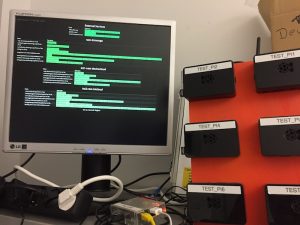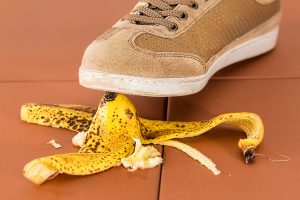
A lot happened in the past months. There was a big change in the company regarding IoT. A re-organization, new goals, a broader approach to the market. With little free time, I couldn’t manage to write about the details, I just tweeted about short stuff. But now, by the end of the year, I find time to write some updates.
What have I done:
- managed, managed and managed – less real work
- we released version 1.0 of the Cloud of Things developer SDK
- I voted in the general election
- changed my job – more on this in another post
- starting development of some features on Cloud of Things and
- start writing a book
Thought:
- about platform strategy, technology development
- much about my job and what I want to do
- (1 try) change it, (2) leave it,
love it - how to live more healthy and mindful
- write a book!
Read:
- tips about collaborative book writing: 21 Tips for Creating a Successful Writing Collaboration
- much more, but I haven’t noted the stuff.






 In the early days of the Internet of Things hype, the industry stated that computing power and accessories are cheap and ubiquitous. Read: available and ready to use. The good part of this statement is, that it is true. Partly. RaspberryPi, Arduino, Seed Studio Groove, Adafruit Feather and so on are cheap and versatile computing devices, available on many online retailers. Several toolkits and online resources help the hackers and makers to prototype and develop products. Also many online platforms are ready for the users to connect and manage the things.
In the early days of the Internet of Things hype, the industry stated that computing power and accessories are cheap and ubiquitous. Read: available and ready to use. The good part of this statement is, that it is true. Partly. RaspberryPi, Arduino, Seed Studio Groove, Adafruit Feather and so on are cheap and versatile computing devices, available on many online retailers. Several toolkits and online resources help the hackers and makers to prototype and develop products. Also many online platforms are ready for the users to connect and manage the things.